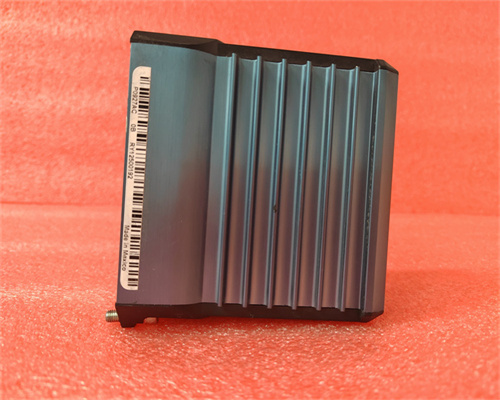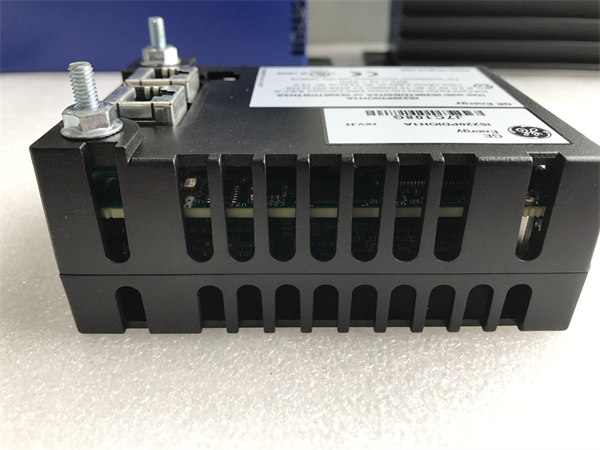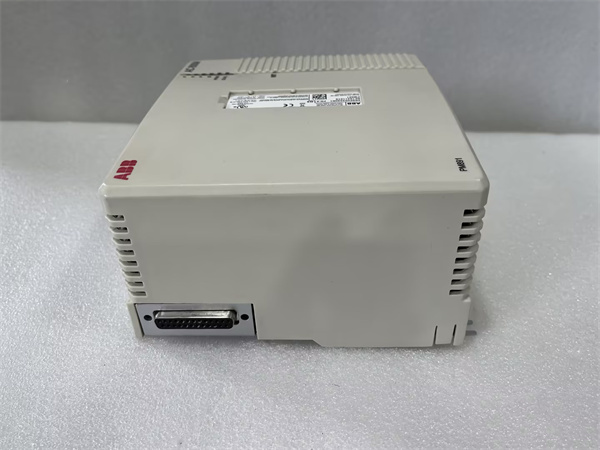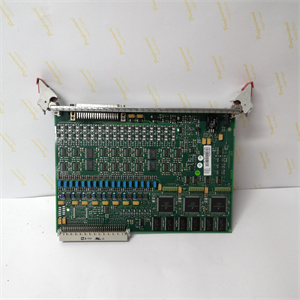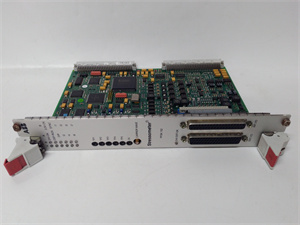FBM227 P0927AC
Foxboro FBM227 P0927AC Production Description
Following the pattern established with the previous Foxboro product (FBM207C RH917GY), here's a possible breakdown of the production process for the FBM227 P0927AC:
Understanding the Product Code (possible interpretation):
- FBM227: This likely indicates a product family or series within Foxboro's offering, possibly related to industrial interface modules, similar to FBM207C. However, FBM227 could represent a different family with distinct functionalities.
- P0927AC: This combination might be an internal code for a specific variant or model within the FBM227 family. The meaning of the letters and numbers might not be publicly available information.
Possible Production Stages:
Component Sourcing:
- Industrial-grade electrical components based on the specific function of FBM227 P0927AC. This could involve:
- Housing components made from fire-retardant and impact-resistant materials for a robust enclosure.
- Analog or digital sensors depending on the process variable being measured (e.g., pressure, temperature, level).
- Signal conditioning circuits to convert sensor signals to usable voltage or current levels.
- Isolation transformers or barriers to isolate input and output signals for safety and noise reduction (possible depending on application).
- Output modules like relays, contactors, or solid-state drives depending on the control requirement (e.g., driving motors, valves, or heaters).
- Control interface modules for user interaction and external control system integration (depending on functionality).
- Foxboro sources high-quality electrical and electronic components from reliable suppliers that meet their performance and reliability standards. These might include:
Sub-Assembly and Pre-Testing (if applicable):
- Assembly of major electrical components like sensors, signal conditioners, and output modules onto a backplane or mounting plate.
- Pre-testing of sub-assemblies to verify functionality of individual components and basic signal processing or relay operation (if applicable).
- Depending on the complexity of the FBM227 P0927AC, there might be a sub-assembly stage involving:
Printed Circuit Board (PCB) Manufacturing (if applicable):
- If the FBM227 P0927AC variant utilizes a PCB for complex signal processing, communication interfaces, or advanced features, it would likely be fabricated according to Foxboro's design. This stage might be outsourced to a specialized PCB manufacturer.
PCB Assembly (if applicable):
- Automated pick-and-place machines for precise component placement.
- Reflow ovens or wave soldering techniques for secure connections.
- Additional hand soldering or rework for critical components (possible depending on the design).
- Visual inspection and automated electrical testing to verify component placement and functionality.
- A controlled environment with stringent quality control procedures ensures proper component placement and soldering (if a PCB is used). This may involve:
Final Assembly and Integration:
- Wiring of internal components and connections between sub-assemblies and the PCB (if applicable).
- Installation of user interface components like LEDs, buttons, or a small display for user interaction and status indication (depending on functionality).
- Incorporation of clear markings and labels for terminal connections, operational controls, and calibration points (if applicable for sensors).
- Installation of protective features like transparent covers for viewing sensors or finger guards for high-voltage connections.
- The sub-assembly (if applicable) and the PCB (if applicable) are integrated into the final housing of the FBM227 P0927AC. This might involve:
Testing and Quality Control:
- Calibration testing using reference standards to ensure accurate sensor measurements (if applicable).
- Electrical testing to verify signal conditioning circuits, output module functionality, and performance within specified voltage and current ratings.
- Functional testing to ensure control logic functions as intended (if applicable), including communication protocols (if applicable).
- Compatibility testing to verify seamless integration with control systems used in industrial automation settings (if applicable).
- Safety testing to ensure the device meets relevant safety standards (e.g., UL, CE) for potential hazards like electrical shock, short circuits, and fire.
- Environmental testing to verify the device's performance within its specified operating temperature, humidity, and vibration ranges.
- Rigorous testing is essential for a product like the FBM227 P0927AC, which likely involves:
Final Assembly and Packaging:
- The final assembly is subjected to a final round of inspection and packaging for shipment. This might involve:

